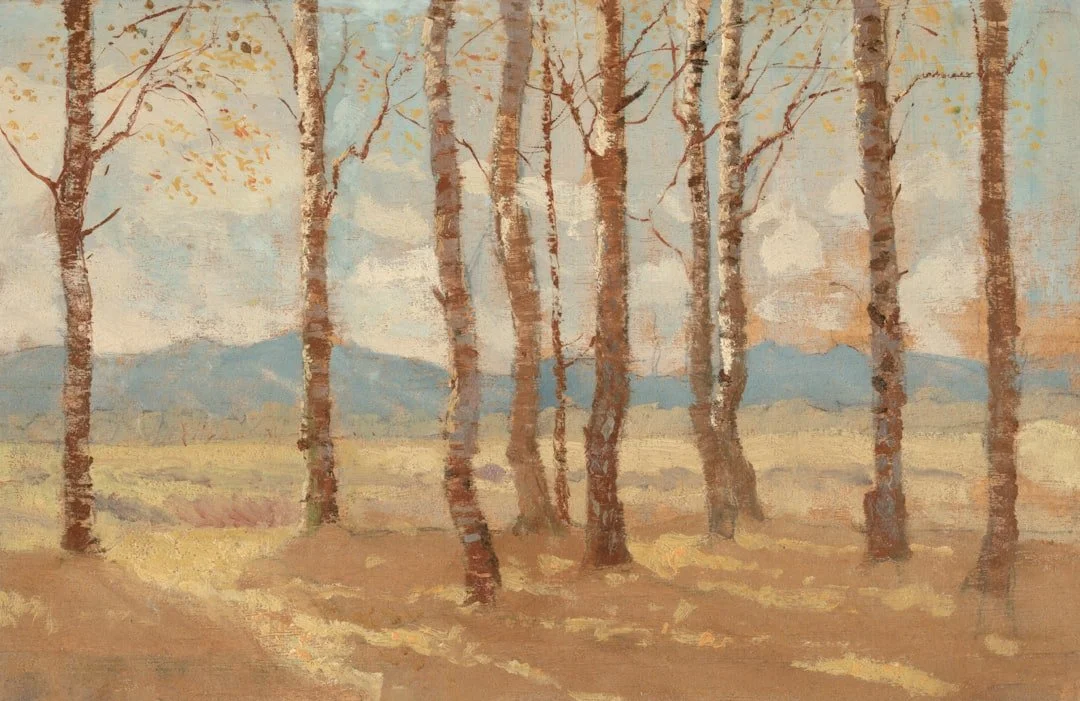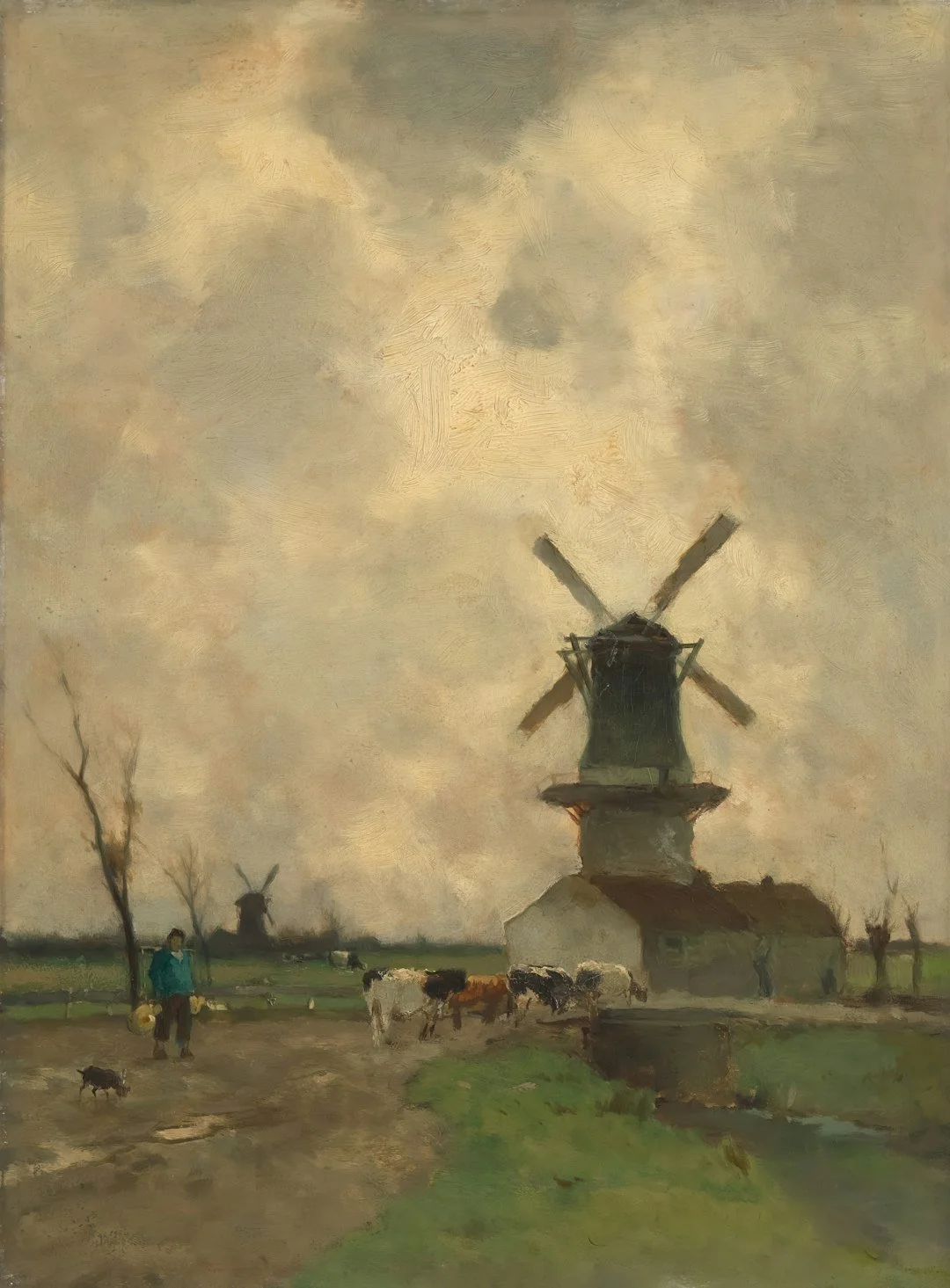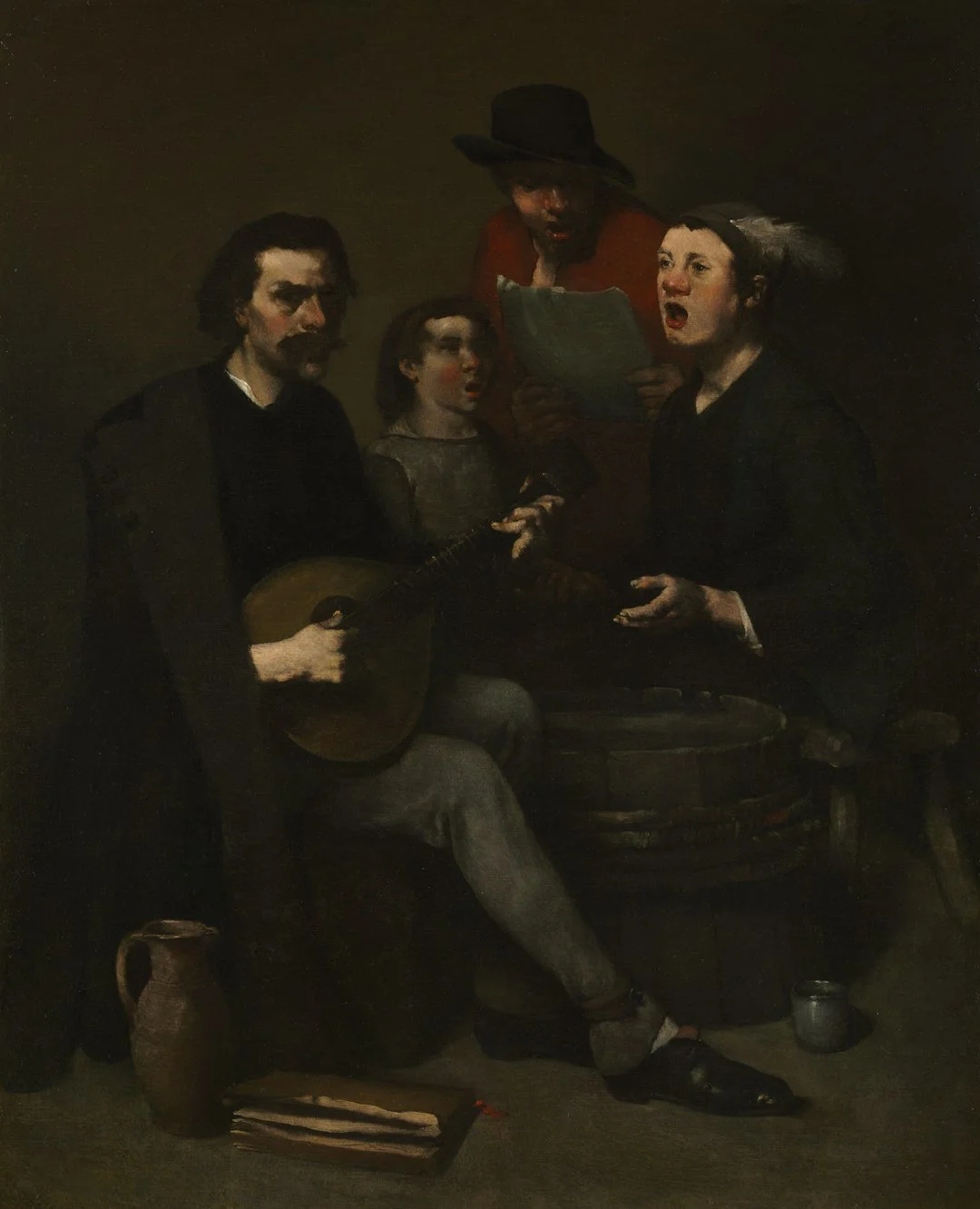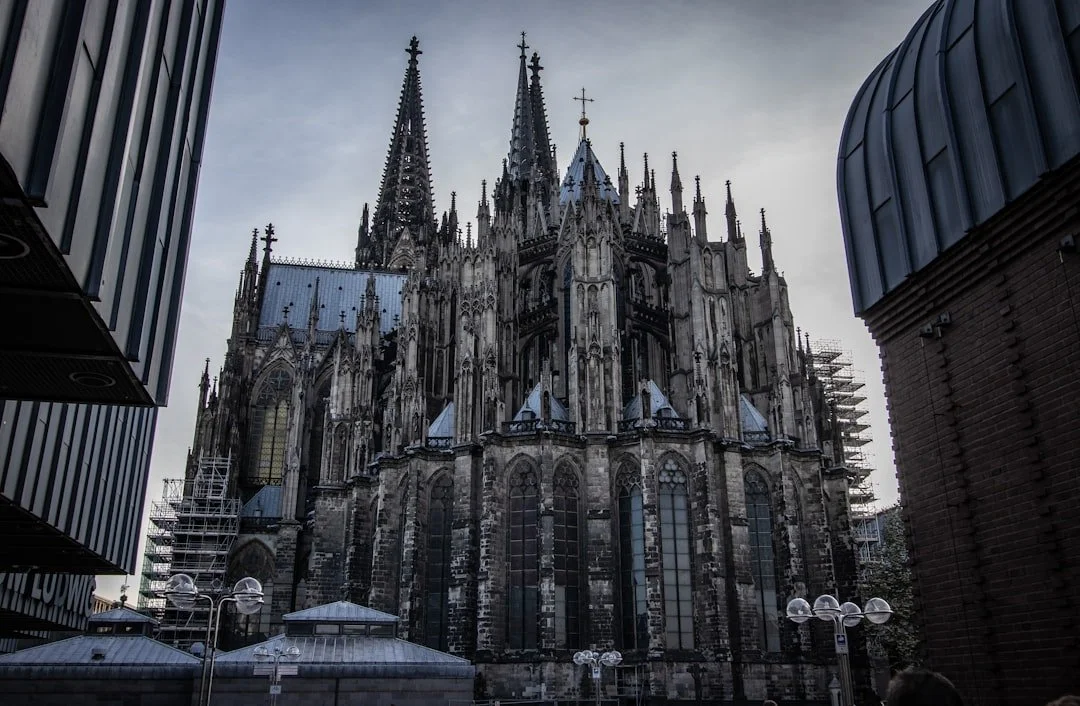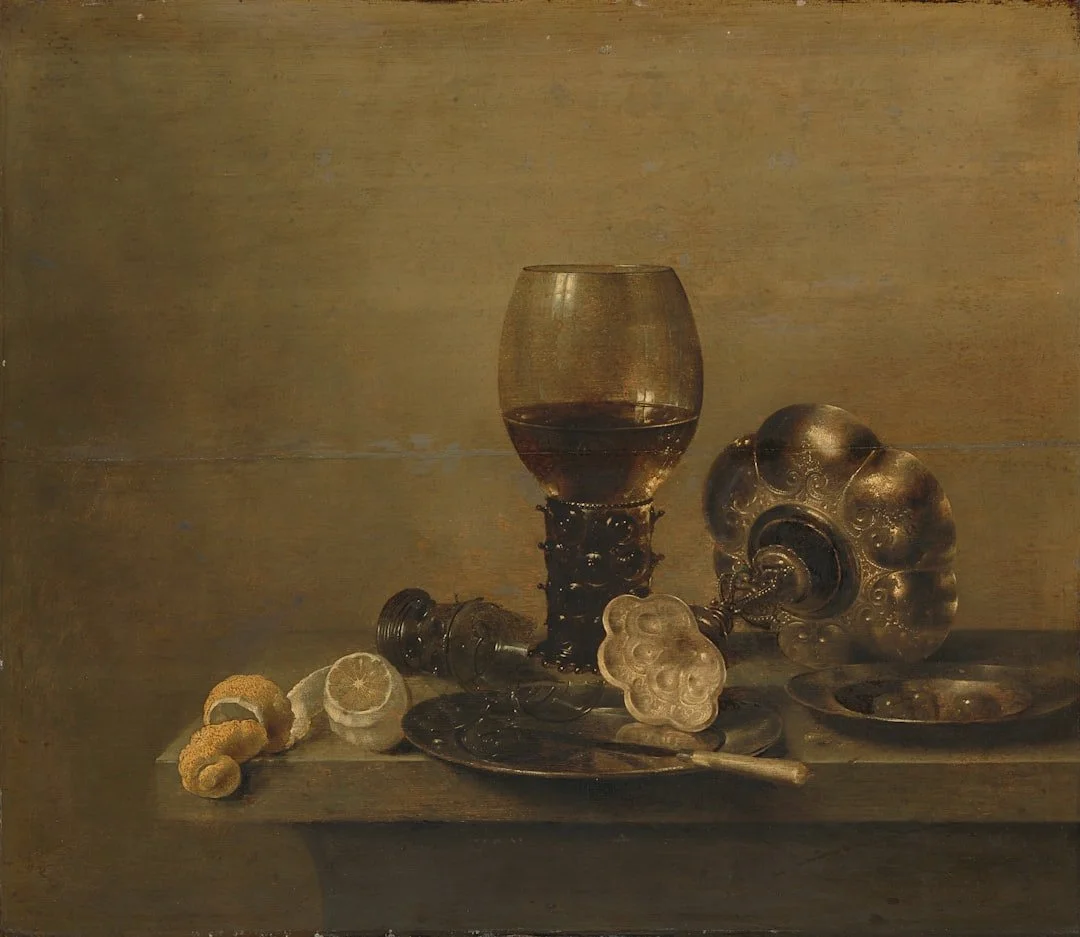The Slow Plod: How Slowing Down Can Transform Your Creative Work
“Do fewer things, work at a slow pace, and obsess over quality” — Cal Newport, Slow Productivity
Who else wishes fall could be just a few months longer?
As autumn officially comes back around, I find myself really appreciating not just the pretty warm hues of the changing leaves or warm apple cider mug in my hands, or cozy sweaters, but also much more plainly, the existence of the very seasons themselves and the privilege I have of living in a place where I can experience all four—albeit not fully (man do I miss snow!).
And I have been thinking as I watch the leaves change color again, maybe hyper-convenience has cost us, to an extent, the externally imposed structure of seasonal rhythms through which nature—and more broadly, things outside of our human control—conducts the tempo of our lives.
I have had to learn how to implement seasonality into my own heavily amenitized and sometimes overcrowded life. Maybe the changing seasons are a reminder that our schedules were never meant to be static and rigid either. But how often do we fall into the trap of rigidity when we have many comforts and naturally resist change?
At least I’ll speak for myself when I say that I struggle with that more than I’d like. Perhaps this will resonate with you, too.
With my neurotic, type A overachiever personality, hyperactive ADHD, and now a chronic illness to boot, I have many a time needed to have those external reminders that it’s time to either switch things up, or slow down and rest. Part of my maturing as an artist and a person is realizing that I need to remain constantly adaptive and flexible in a career path—and a world—that isn’t perfectly predictable or bound to my whims, demands, or desires at all.
In my ambitious and passionate youthfulness I’ve had many lofty ideals and visions of personal and artistic projects and ventures, and have maybe in just as many instances grasped indiscriminately at every one of those, attempting to juggle more commitments at one time than is humanly possible. But my hubris and forgetfulness about my own station often only produced vicious cycles of intense episodes of burnout throughout my young adult life. So while I have in the past few years been successfully breaking free of the chains of perfectionism and a fear of failure, truthfully at some points they do still intimidate me.
Bears hibernate when the windchill arrives and the food gets scarce. Birds move their homes temporarily to where the weather is warmer. The arctic fox changes its robes to match the white of the snow to escape detection from predators.
Is my year meant to look exactly the same day by day throughout? Or are some major interruptions to our fast-paced industrialized life of monotonous hustle, welcome and even necessary?
In my own life and calling, I’m starting to really embrace those ‘interruptions.’ Change really isn’t so scary when you have something larger to live for.
Relevant to this topic, and the whole reason why I wanted to write this: I’ve really been chewing on something I’ve learned from an artist, art YouTuber and coach I sincerely admire named Kelsey (Kelsey Rodriguez, some of you reading may already recognize the name!). In one of her workbooks she gave a refreshing reminder that has only just begun to change my life for the better. And that’s the reminder that the best things are built slowly and sustainably.
The opening quote I chose is a citation from a book called Slow Productivity by Cal Newport, which Kelsey references in her workbook for creative professionals (you can check that out here). I’ve been thoughtfully making my way through this workbook past couple of months.
In regards to Newport’s book: Granted, I’m not personally a fan of the fluffy modern self-help material that the genre is often given over to in my opinion. And as of writing this blog, I haven’t had the opportunity to read it yet, although it’s high up on my reading priority list. But from the initial impressions I’ve formed through Kelsey’s summary of it, I’m genuinely looking forward to reading it and can’t wait to share more of the practical lessons I’m learning here.
Even just the concept of a slow productivity resonates with my tired body and mind that simultaneously craves constant activity, stimulation, or accomplishment and spirals into depressive boredom when I can’t do it. Maybe it’s time to learn how to sit with the boredom.
Kelsey briefly touches on this idea of ordering our lives—more specifically, our career as working artists—around seasonality. She talks about Newport’s categorization of labor as our ancestors understood it for generations up until the post-industrial era.
He distinguishes a particular category or class of laborers in society and coins them ‘knowledge workers’, the people who create value through expertise and creativity in things like art, history, writing, business, etc. The value of this type of labor is contingent upon quality of its intellectual outcome rather than the output of manufactured resources (this is just my prediction of what Newport might be getting at). In other words, I think, what’s ‘produced’ in these cases ends up falling under the intellectual property category.
From my limited understanding, it isn’t that knowledge work doesn’t sometimes also require physical resources as well—it’s that the time and resources are being spent toward building the expertise, knowledge, skill, and/or craftsmanship that then becomes the very object of the demand. It’s not an argument for any one kind of labor being superior—civilization needs both.
It’s an argument that the way we have determined ‘level’ of productivity for, say, agricultural and factory workers hasn’t carried over well to knowledge work; yet our labor culture puts the same types of pressures across the board. More and faster production of goods is generally more valuable for everybody, depending on the methods. Faster production of ‘knowledge work’ is a pressure that is nonsensical because it cannot be quantified in the same ways.
Building a skill or expertise to the point of providing a service that is actually quality enough to offer, takes a significant amount of time and dedication and hence its ‘production’ (more like progression) cannot undergo the same kind of rigorous optimization as material output. In fact, knowledge work loses value when it creeps into “mass produced” territory. I think that open-source AI would be a great case study into the disintegration and commodification of so-called “knowledge” labor—but that’s a topic for a different discussion that I will most definitely revisit in the future.
And yet, in our data-driven, Western paradigm of urgency, efficiency, mass production, and measurable labor, we’ve grown up in a sort of ‘hustle culture’ where productivity is almost always defined by the amount of hours you can or do put in in a week, no matter what kind of labor you do. This puts a damper on creative and ‘intellectual’ work especially.
Besides, much of recent research surrounding labor and economics is showing that more hours worked does not usually equate to more efficiency and better quality of labor, for everybody—and it certainly doesn’t produce happier laborers (the Four-Day Workweek by Tim Ferris is another book on my to-read list!).
Cal Newport makes an argument from history, from agrarian history I presume, claiming that the best knowledge workers of the past would have deemed a 40-60 hour work week, with very little rest, peculiar and even insane. They spent a lot of time relaxing, recharging, focusing a lot more on quality than we do today. Look at that beautiful Cologne Cathedral in Germany, which took more than 600 years to complete…and it still stands in all its glory and aged beauty today visited by thousands every year.
Newport concludes that in light of this we ought to rethink the way we conceive of our own work individually no matter what kind of work we do, best summarized by one of his most circulated quotes and the one I opened this blog with: “Do fewer things, work at a slow pace, and obsess over quality.”
That’s music to my ears: Obsessing over quality is exactly what I’m aiming for in my calling as a fine artist. I want to make things that elevate and nourish the soul in a way that a lot of modern art and architecture has failed to do: because behind much of it (but not all of it, of course) is a worldview that there is no soul to be nourished.
That’s why I want the platforms I’m building—my newsletter and my Youtube channel currently—to be a respite, a comfort, a breath of fresh air among other things. A tiny corner of the massive web where the mind is engaged and the heart serenaded through true meaning, and beauty, and all that is lovely. And where the slow plod actually produces a meaningful and bountiful harvest for many others who happen upon this space <3
If you’ve enjoyed this content and love some slow-paced relaxing music and visuals to wind down to, check out my latest cozy painting demonstration of some still life citrus fruit!

